Historically, disruptive innovators have started as outsiders. They’ve been the little guys, the low-level entrepreneurs, the plucky startups taking down market-leading incumbents.
But disruptive innovation doesn’t have to be this way. It doesn’t have to start from a place of resource scarcity. If larger enterprises employ some of the same disruptive strategies that Netflix and Uber used to ransack the taxi and video industries, they would not only preserve the incumbent advantages that drove their initial success, they would also open up brand new avenues of growth.
In order to do this, market leaders must study how innovative disruption has occurred in the past.
Historically, as large enterprises focus on fine-tuning their products and services for their most visible customers, they ignore the needs of smaller groups. These are the groups disruptive innovators target. Disruptive innovators isolate the overlooked markets, gain traction by offering smoother functionality at a lower price, then, over time, move upmarket and increase volume. That’s disruptive innovation, in a nutshell.
Again and again, this is how it’s happened. It’s how it happened with Uber, Amazon, Netflix, Tesla, Airbnb, and others. And once disruptive innovation hits, established companies have struggled to react effectively.
So, how do large enterprises turn the table and use disruptive innovation for themselves?
Well, for one, they need to have the ability to disrupt from within.
Think of it like a vaccine. In order to make yourself immune to various diseases, you have to equip your body with the tools to fight them directly. This means that industry leaders need to find ways to see their businesses as disruptors would see them.
For example, they need to ask themselves if their customer base could be split into segments. If so, what are they? How are they meeting each segment’s needs? How are they not? Can their products be split into smaller, more efficient parts? And most interestingly, how are they using the latest machine learning technologies to help them?
There are multiple avenues by which industry leaders can conduct an objective, data-based internal review. It’s the first step to disruptive innovation. You have to break yourself down before you can build yourself up.
Another innovative tactic large enterprises need to employ is customer responsiveness. Don’t let yourself become a relic. Keep communication avenues with your customers open at all times, and be ready to respond to their needs quickly.
Startups are constantly monitoring and learning what to do next. Large companies need to do the same thing. They already have an advantage in that they have a proven value proposition. As a growing enterprise, taking a disruptive innovation approach means thinking about the value that you don’t provide, or used to provide, and discovering how to integrate that with what you do provide.
Talk with your customers. Be responsive. Understand consumer behavior and consumer needs at a deeper, more personal level to fast-track growth.
David(left) and Goliath (right)
Taking advantage of disruptive innovation doesn’t just help David defeat Goliath; it can also make Goliath bigger, faster, stronger, and more prepared for the hundreds of Davids that are clawing at its feet.
Want to learn more? Liquid Analytics helps enterprise customers develop business strategies, teams, and technology architectures to prepare for the new wave of disruption.
Lyn Nguyen is the CEO of Liquid Analytics. She leverages machine learning and design thinking to drive innovative change for enterprise clients. Connect with her on LinkedIn.


